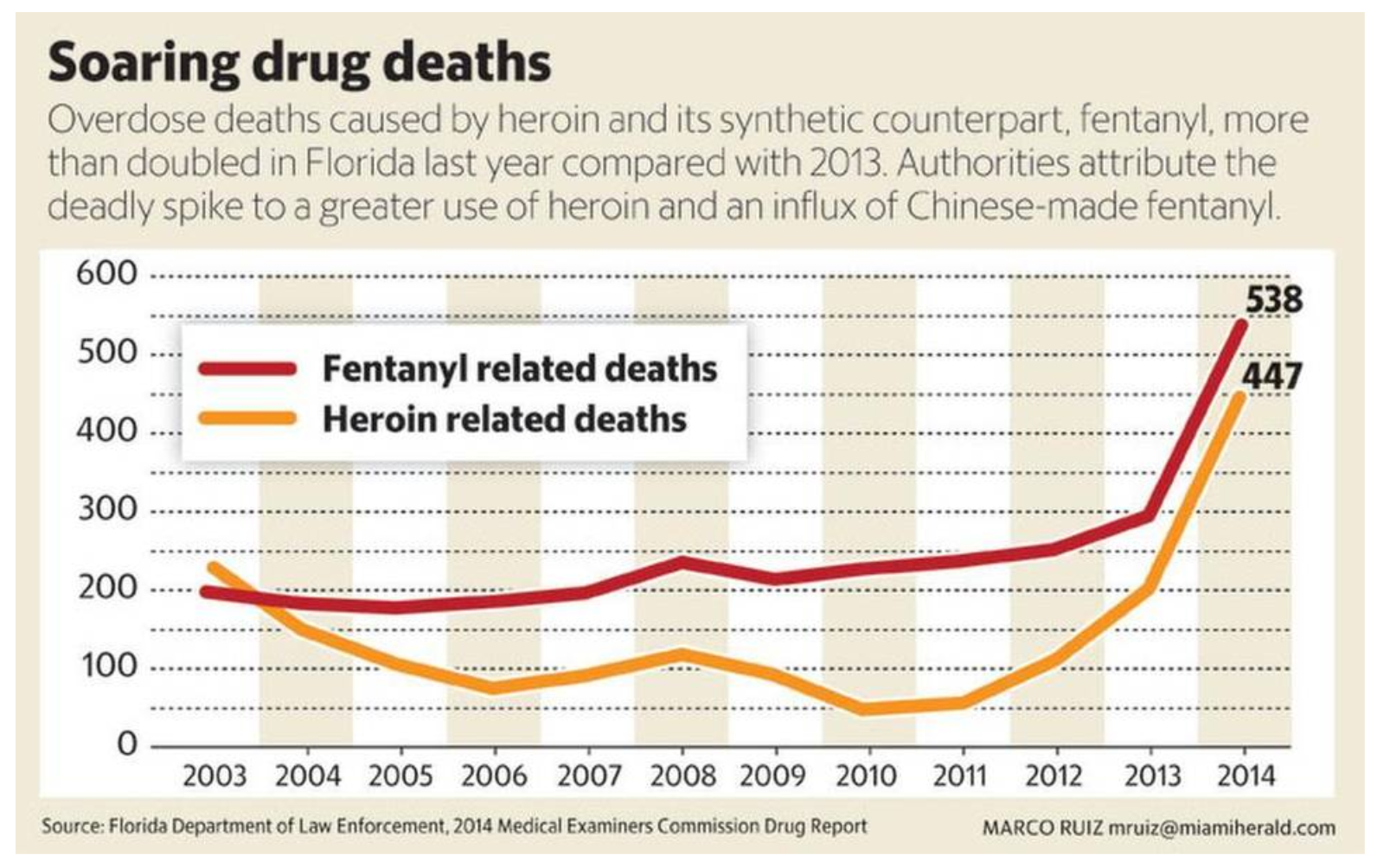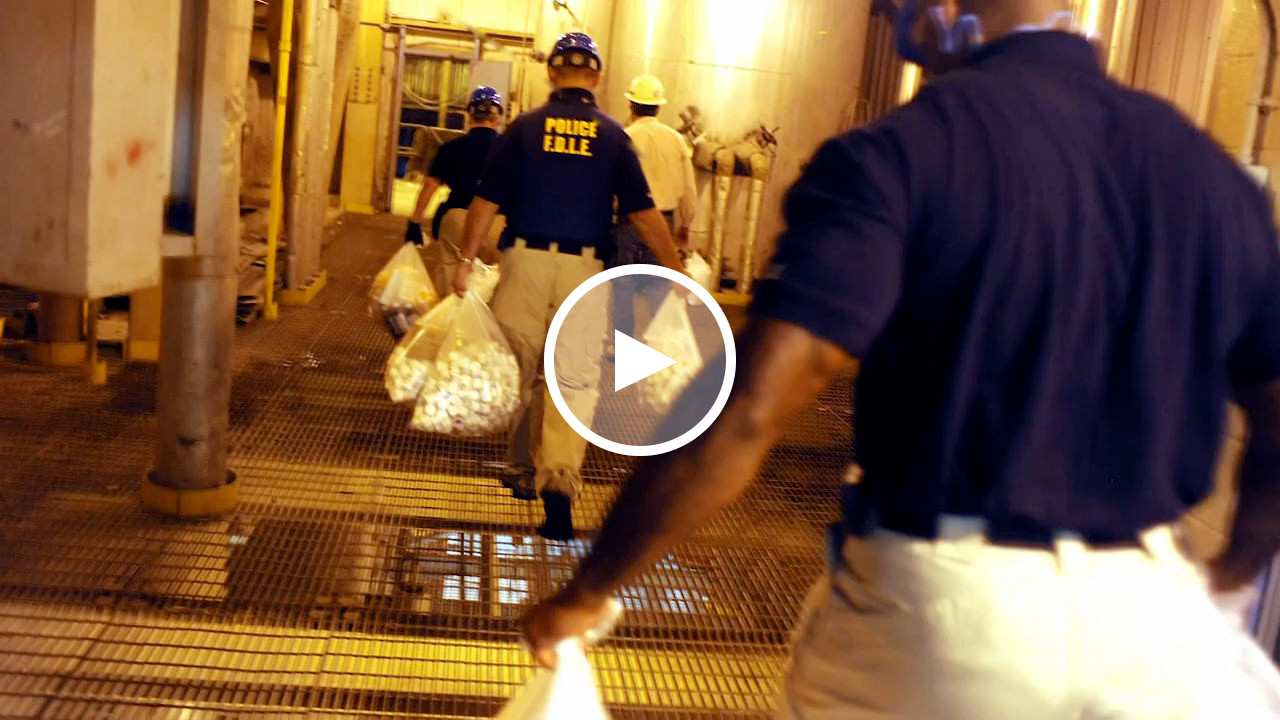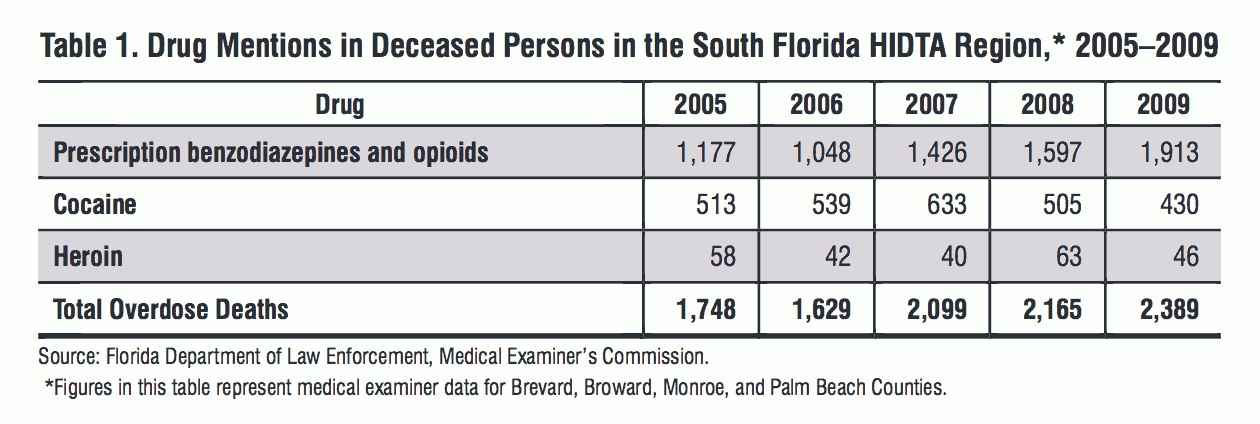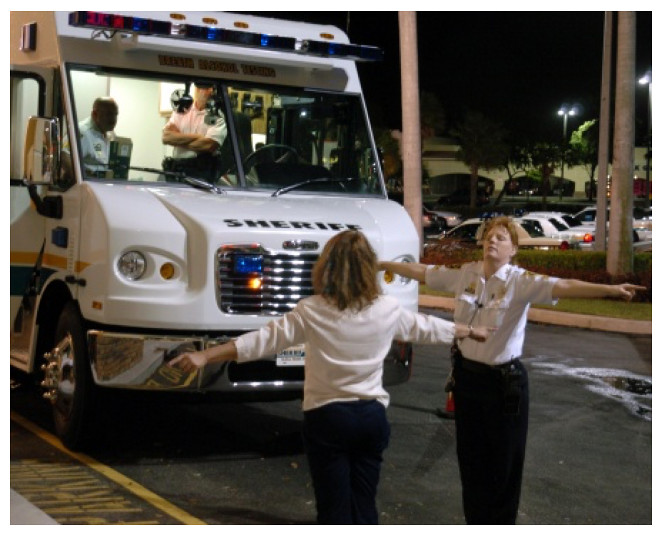Broward County Drug and Alcohol Problems are Epidemic
People are dying senseless deaths due to the drug and alcohol problems in Florida. Let’s examine some real facts!

According to the Miami Herald “Fentanyl is much deadlier than flakka,” said Raynette Savoy Kornickey, spokeswoman for the U.S. Drug Enforcement Administration in South Florida. “It’s 50 times stronger than heroin and 80 times stronger than morphine. A minute amount will kill you. It is being mixed with heroin, flakka and other drugs, and no one knows what they are taking. It’s scary.”
The fentanyl spike, along with a similar increase in heroin-related deaths, also coincides with a crackdown on Florida’s notorious “pill mill” clinics, which illegally doled out prescription painkillers. The FDLE report, which compiled 2014 statistics from medical examiners across the state, showed that deaths related to oxycodone – one of the most popular painkillers – have steadily decreased.
Law-enforcement officers believe many users have switched to heroin and unwittingly taken fentanyl or closely-related cousins. This year alone, fentanyl and its variants have outright caused or contributed to 53 deaths in Miami-Dade – more than double the toll in 2014.
“The rate of growth is alarming,” said Liz Zaney, a toxicologist at the Miami-Dade medical examiner’s office.”

According to the Sun Sentinel Broward County leads the nation in flakka cases!
“Police are finding more of the new designer drug flakka in Broward County than anywhere else in the nation, records obtained by the Sun Sentinel show.
Crime labs analyzed 477 cases of flakka confiscated in Broward in 2014, according to statistics from the U.S. Drug Enforcement Agency. No other county came close, with Chicago’s Cook County clocking in next with 212 cases.
When adjusted for population, Broward’s rate of flakka cases outpaced all major urban counties. With a population of 1.8 million, Broward had a rate of 27 cases per 100,000 residents.”
“South Florida has a reputation as party people and has always been ground zero for cocaine and oxycodone, now it’s flakka,” said DEA special agent Kevin Stanfield, a supervisor at the DEA’s headquarters in Weston. “It seems to be taking root. We hope we can stop this. I would rather South Florida be known for other things than the emergence of drug trends.”
We have to face the facts – drugs such as flakka are taking over as a new trend.
According to Justice.org publication “Widespread CPD diversion and abuse, particularly of opioid pain relievers, are significant drug threats to the South Florida HIDTA region because of the overall negative societal effects of CPDs.”

according to – http://www.djj.state.fl.us/research/fast-facts/trends-conditions
Juvenile Drug and Alcohol Arrests Statistic in Broward County
The stats maybe out dated but the issues are still alive and concerning:
- Felony drug arrests decreased 28%, from 2,721 in FY 2010-11 to 1,968 in FY 2012-13.
- Misdemeanor drug arrests declined 20%, from 8,489 during FY 2010-11 to 6,768 in FY 2012-13.
- Alcohol offense arrests declined 16%, from 1,416 during FY 2010-11 to 1,193 during FY 2012-13.”
Deaths from Drugs and Alcohol in Florida are overwhelming
According to DrugAbuse.gov “Data on drug-related mortality presented were provided by the Florida Department of Law Enforcement (FDLE) Medical Examiners Commission’s 2013 Interim Report of Drugs Identified in Deceased Persons between January and June 2013. The report provides information on the total number of various drugs detected in 4,159 decedents, mostly for whom an autopsy was performed but not for all of the more than 94,000 deaths that occurred in Florida during the first 6 months of 2013. The numbers of drugs detected are referred to as “occurrences” and should not be confused with the actual number of drug-related deaths.”
“The number of heroin-related deaths (occurrences) increased sharply between 2011 and 2012, declined in the first half of 2013 compared with the last half of 2012 statewide and in Broward county, but they increased in Miami-Dade during that period. South American heroin has been entering the South Florida area over the past two decades. However, reports and seizures of Mexican heroin in South Florida have been noted since 2008. The proportion of primary treatment admissions for heroin increased in the two South Florida counties between 2012 and 2013. The number of crime laboratory reports for heroin among seized drug items analyzed by NFLIS laboratories increased by 33 percent in the region between 2012 and 2013. Many heroin consequences also involved the nonmedical use of prescription opioids. “
Sheriff’s office in Broward County Helps

According to the Broward County Sheriff’s Office “The DUI Unit works to enforce DUI laws, process DUI offenders and increase awareness of the hazards of driving or boating while under the influence of alcohol or drugs. Nearly 30% of Florida’s traffic fatalities in 2004 were alcohol-related and in the last 20 years, alcohol-related fatalities have increased by one-third. The need for effective and proactive enforcement of Florida’s DUI laws is crucial in combating a growing problem on the highways and waterways of the state.”
Operation Medicine Cabinet asks “Would You Know if Your Child Was Addicted to Prescription Drugs?”
While illegal drug use among teens is falling, teen prescription drug abuse is on the rise. One in five teens has abused a prescription pain medication, and in Florida prescription drugs have killed 300% more people than illegal drugs.
Prescription and Non Prescription Overdose Deaths
Between June 2010 and May 2011, the Broward Sheriff’s Office Homicide Unit investigated 53 overdose death cases in Broward County.
- 79% of those deaths were overdoses by prescription drugs; 21% were from other drugs.
- 85% of these deaths were accidental; 15% were intentional suicides.
- 96% of the victims were Caucasian; 4% were African American.
- 70% of the victims were men; 30% were women.
To learn more about Operation Medicine Cabinet or for information about BSO’s Prescription Drug Take Back Program please contact:
Jonathon Fishman, Prescription Drug Prevention Specialist
Broward Sheriff’s Office
Is there free drug rehab if I do not have insurance or any monies to pay for a private Center?
Yes – Broward County’s Drug Court is the third oldest drug court in the nation, created in 1991, and the Drug Court Treatment Division serves close to 800 clients daily. The Drug Court Treatment Division has two programs providing diversion from jail or prison for persons with substance related conditions. Participants are charged a fee for services based on a sliding scale that measures income and the number of dependents. All participants are expected to pay for treatment on a weekly basis. For more information, please contact the Drug Court Treatment Program at (954) 375-6180.
- Andytown
- Boulevard Gardens
- Broadview Park
- Coconut Creek
- Cooper City
- Coral Springs
- Dania Beach
- Davie
- Deerfield Beach
- Fort Lauderdale
- Fort Lauderdale-Hollywood International Airport
- Franklin Park
- Hallandale
- Hillsboro
- Hillsboro Pines
- Hollywood
- Lauderdale Lakes
- Lauderdale by the Sea
- Lauderhill
- Lazy Lake
- Lighthouse Point
- Margate
- Miramar
- North Lauderdale
- Oakland Park
- Parkland
- Pembroke Park
- Pembroke Pines
- Plantation
- Pompano Beach
- Roosevelt Gardens
- Sea Ranch Lakes
- Southwest Ranches
- Sunrise
- Tamarac
- Washington Park
